Ruins of Urasoe Castle
History and charm of the "Birthplace of the Kingdom of Ryukyu
Urasoe Castle Ruins Cemetery Stone is located in a historic location surrounded by the ruins of Urasoe Castle, commonly known as “Urasoe Gusuku.
What do you think of when you hear the words “history of Okinawa and the Ryukyu Islands”?
Most people probably associate him with the famous Shuri Castle and Shohashi, the king who unified the three mountains.
Did you know that Urasoe is actually a historical area where the foundation of the Ryukyu Kingdom was laid, and where there was a royal castle before the Shuri Dynasty? We will introduce the history and charm of Urasoe Gusuku, the “birthplace of the Kingdom of Ryukyu.
Long before Shuri Castle was built. Urasoe Gusuku, the pioneer of castles in Okinawa.
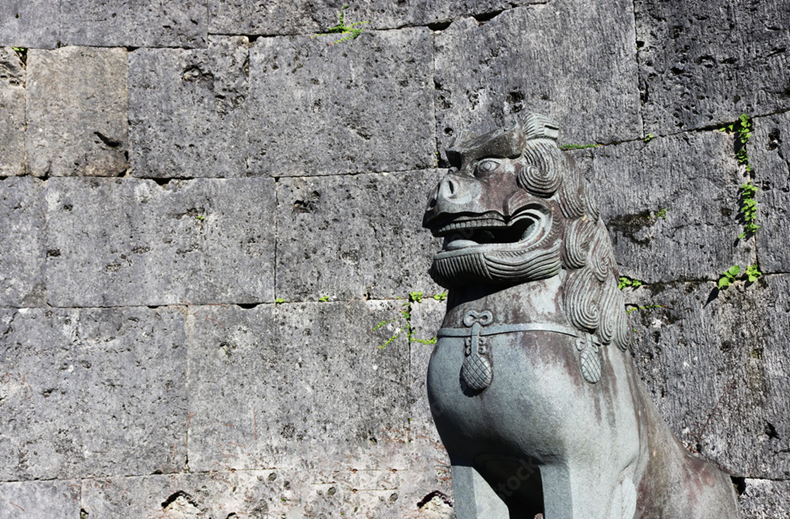
…The time is the 12th century (Kamakura period in mainland Japan).
Here in Okinawa, we are in the “Sanzan Period,” which was even earlier than the “Ryukyu Dynasty Period” that lasted from 1429 to about 450 years, when the main island of Okinawa was ruled by three separate areas: the northern, central, and southern regions.
Urasoe Gusuku is said to be the site of the castle where the history of Ryukyu Kingdom and Chuzan (Chuzan) took place before King Shobashi ruled the three areas in 1429 and the royal palace was moved to Shuri Castle.
As the residence of three dynasties, Shuntian (1187-), King Eiso (1260-), and Satto (1350-), it was a very important place in the history of Ryukyu for over 200 years from the 13th to 15th centuries.
Urasoe Gusuku was built during the reign of King Yeongjo. During the reign of King Sado, it is believed to have established the foundation of the Ryukyu Kingdom by conducting overseas trade with China and other Asian countries.
The Symbol of the First Ryukyu Kingdom, "Urasoe Gusuku" in its entirety
Urasoe Castle Ruins” is designated as a national historic site because it is an important gusuku (castle) for understanding the history and culture of the early Ryukyu Kingdom.
Urasoe Gusuku was built in the 13th century, and by the 14th century it had become a large castle surrounded by masonry walls with the main hall made of Koryo tiles.
In the surrounding area, there were royal tombs, temples, huge ponds, mansions, and villages, and it is said that the prototype of the later royal capital, Shuri, had already been established.
After the royal palace was moved to Shuri, King Shoshin’s eldest son, Shoi-sho, moved to Urasoe Gusuku (= Urasoe family).
The Urasoe Gusuku was burned down during the Ryukyuan invasion by the Satsuma Clan in 1609, and most of the walls were lost during the Battle of Okinawa in 1945 and quarrying after the war, but excavations in 2048 revealed new walls buried in the ground, and research and restoration work is still ongoing.
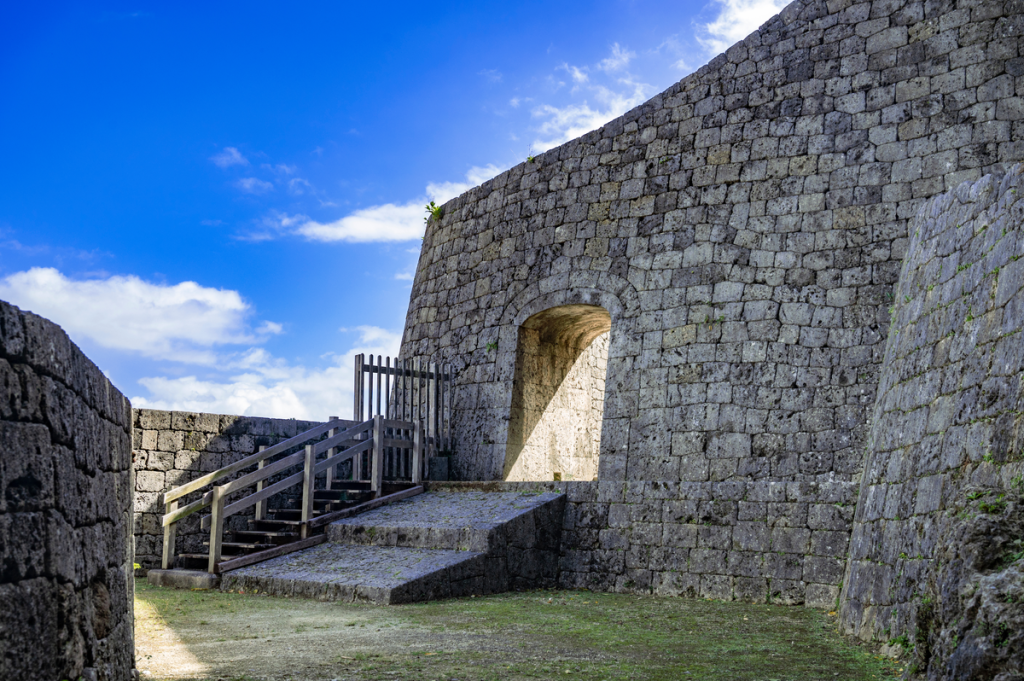
Urasoe Yodore (Tomb of the Kings), where Chinese culture remains strong.
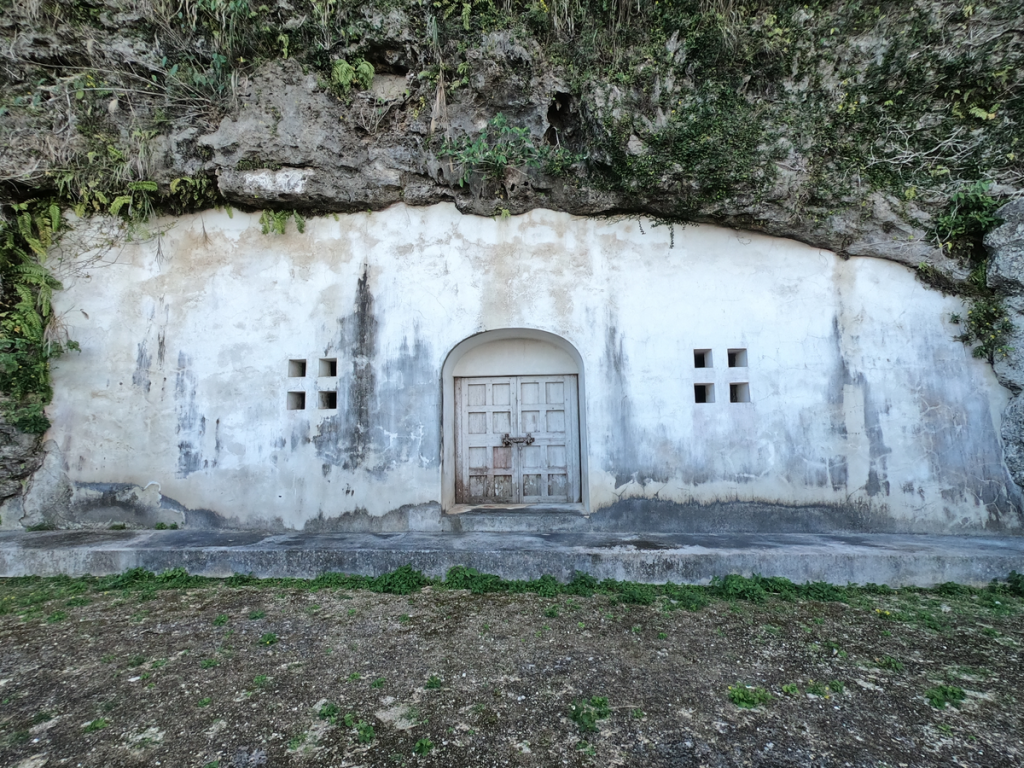
Urasoe Yodore” is the tomb of King Chuzan of the “Sanzan Period,” when the Ryukyu Kingdom was divided into the three kingdoms of Kitayama, Chuzan, and Nanzan, and ruled around the 12th century (Kamakura Period).
The tomb is said to have been built by King Eiso in the 13th century, and was renovated in 1620 by King Shonei from Urasoe, who himself was buried here.
Yodore” means “evening calm” in the Ryukyuan language, and is used as the name of the grave because of its quiet and peaceful image.
There are two tomb chambers: the west chamber, known as “King Yeongjo’s Tomb,” and the east chamber, known as “King Sangnyeong’s Tomb.
What is "Yo-Yo-Dori"?
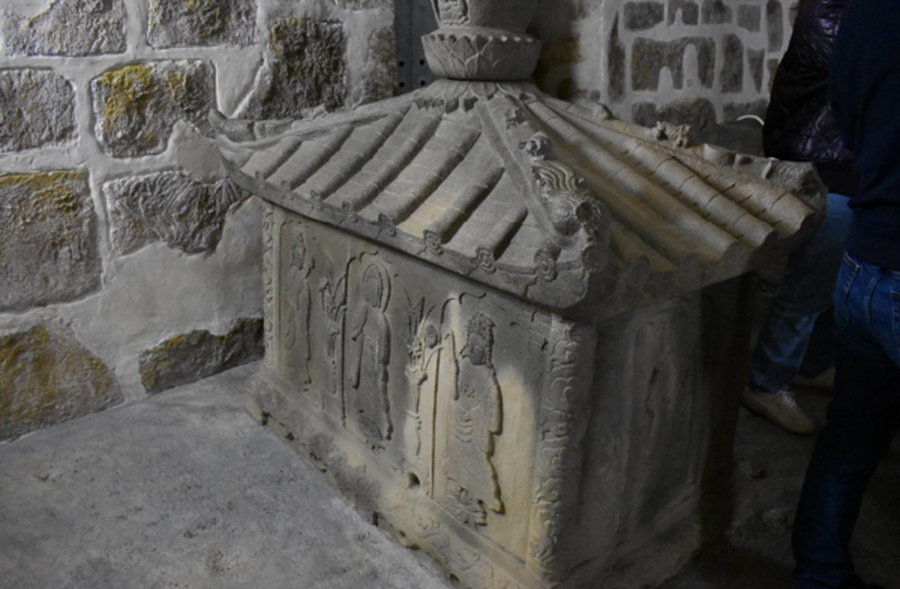
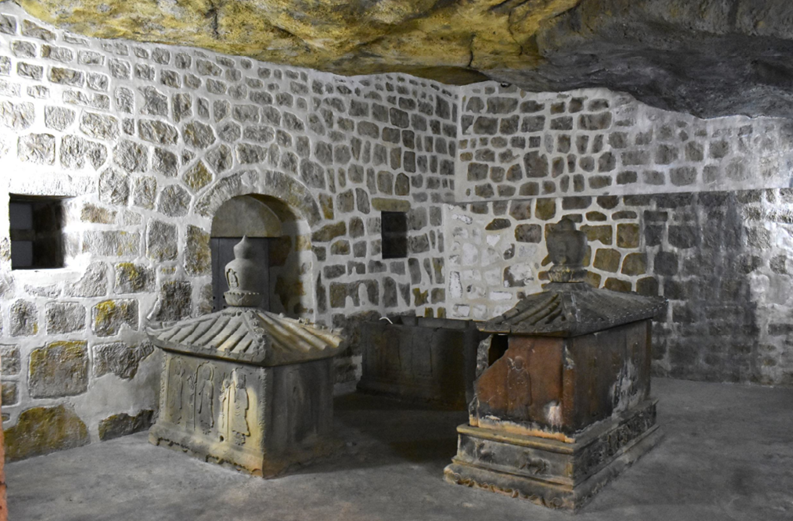
Yodore” means “evening calm” in the Ryukyuan language, and is used as the name of the grave because of its quiet and peaceful image.
There are two tomb chambers: the west chamber, known as “King Yeongjo’s Tomb,” and the east chamber, known as “King Sangnyeong’s Tomb.
The stone zushi in the west chamber (King Yeongjo’s tomb) is embossed with Buddhist statues, flowers, and lions.
The pedestal has relief carvings similar to the stone hori style of Quanzhou, China, and is also the oldest existing Buddhist sculpture in Okinawa.
petit column
The history of Urasoe Gusuku was later clarified by Iha Fuyu (1876-1947), a folklorist and linguist known as the “father of Okinawan studies,” whose representative paper “Urasoe Koso” and subsequent research led to the belief that Urasoe Gusuku was the royal castle of Nakayama, Ryukyu Kingdom, before Shuri.
career
1876 (Meiji 9) Born in Naha Nishi-mura (Naha City West), Ryukyu Domain
1903: Majored in linguistics at Tokyo Imperial University
1921 Appointed Director of Okinawa Prefectural Library
Died in 1947 at age 71.
Famous as the father of Okinawan studies
Outstanding contribution to the study of Omorosaushi, a collection of poems compiled by the Shuri-Ofu
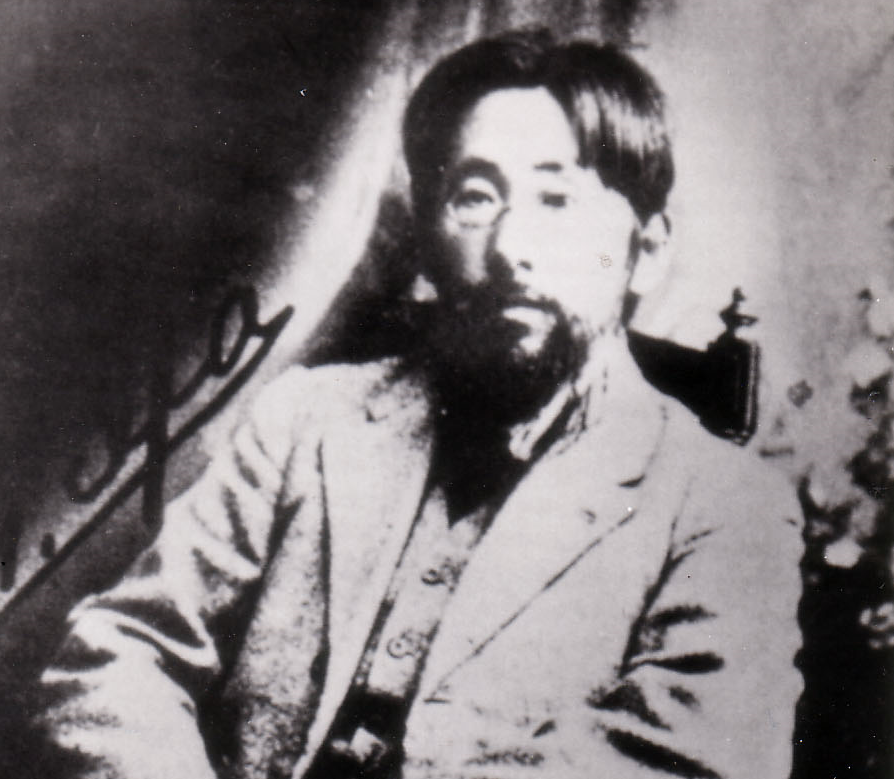
Please feel free to visit Urasoe Castle Stone
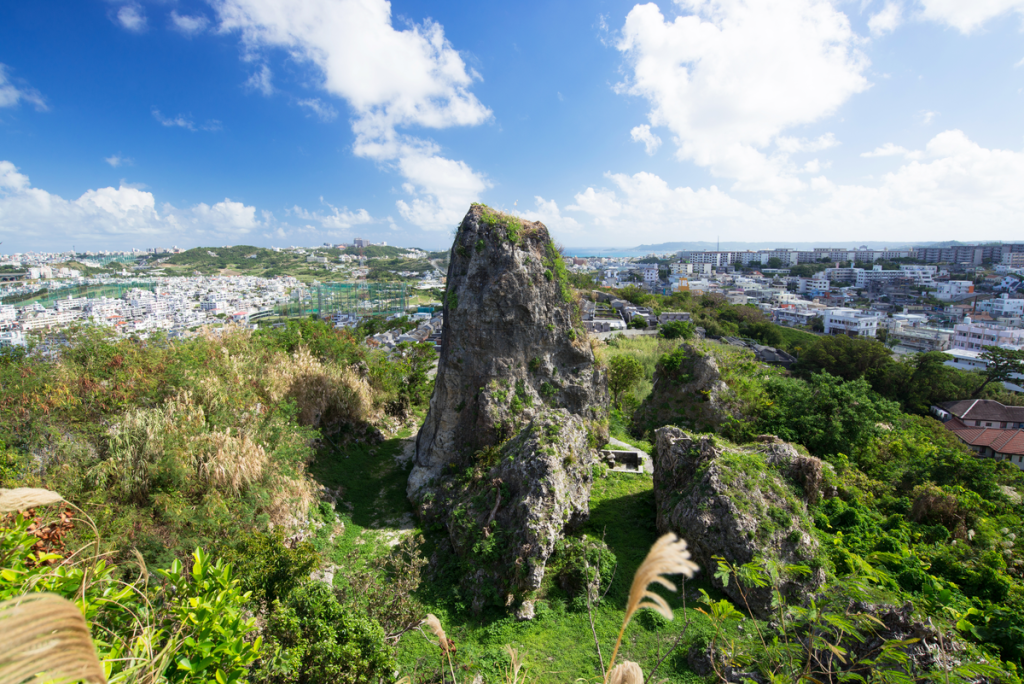
Urasoe Castle Ruins Stone is located next to the Urasoe Castle Ruins, on a historically significant hill, in a prime location.
In recent years, the area has attracted much attention in Okinawa Prefecture due to the movie “Hacksaw Ridge,” which depicted the fierce battle of Maeda Highlands, and the extension of the Yui Rail line.
It is conveniently located about 5 minutes by car from Urazoe Maeda Station on the Yui Rail. We also accept requests for tours. (*Reservation required by phone: 0120-513-512)
Please visit us when you stop by for sightseeing in Urasoe Gusuku.
